Fall 2023 MNC: Motion "wellness" - velocity, speed, acceleration, distance, position
TLDRIn this engaging and informative session, Curtis Brown is joined by Steve and Tom to discuss the concept of motion in calculus. They delve into various problems involving particle motion along a straight line, using both analytical and technological approaches to solve them. The session covers determining when a particle moves to the left, calculating the position of a particle at specific times, and understanding the difference between distance traveled and displacement. The use of graphing calculators and parametric plots are highlighted to visually represent the motion and solve related problems, offering a comprehensive exploration of the topic.
Takeaways
- 📚 The session focused on discussing particle motion, specifically analyzing the velocity and position of a particle moving along a straight line.
- 🌟 Curtis, Brown led the discussion with Steve, Kakasa, and Tom Dick, sharing their expertise on calculus and motion problems.
- 📈 The problem-solving process involved both analytical methods and the use of technology to graph and interpret the motion of particles.
- 🤔 The discussion highlighted the importance of understanding when a particle is moving to the left or right by analyzing the sign of the velocity function.
- 📊 The use of technology, such as graphing calculators, was emphasized for solving problems involving velocity, acceleration, and position of a particle.
- 🔢 The session covered how to find the total distance traveled by a particle and the intervals where it changes direction.
- 🎓 Teachers were reminded to ensure they receive their professional development hours and access the answer document for the session.
- 🚀 Real-world problems, such as the hot air balloon ride at a state fair, were used to demonstrate the application of calculus in practical scenarios.
- 📝 The concept of 'distance traveled' versus 'displacement' was clarified, with a focus on understanding the difference, especially in the context of exams.
- 🌐 The importance of presenting a clear mathematical setup before using a calculator to find solutions was stressed for exam scenarios.
- 📆 The session ended with a reminder about the next discussion in two weeks, focusing on the FTC, and encouraged students and teachers to join.
Q & A
What is the main topic of the transcript?
-The main topic of the transcript is a discussion on motion, specifically focusing on particle motion problems and their solutions using both analytical methods and technology.
Who are the speakers in the transcript?
-The speakers in the transcript are Curtis Brown, Steve Kakasa, and Tom Dick.
What is the significance of the velocity function V(t) = 2cos(t^2) - 1 in the problem?
-The velocity function V(t) = 2cos(t^2) - 1 is used to model the motion of a particle along a straight line. It is significant because it helps determine the particle's speed and direction at any given time, as well as its position and acceleration.
How is the position of the particle at a given time determined?
-The position of the particle at a given time is determined by integrating the velocity function over the time interval. The initial position is also taken into account to find the particle's exact location at a specific time.
What is the role of technology in solving these motion problems?
-Technology, such as graphing calculators and computer software, plays a crucial role in visualizing the motion problems, graphing the functions, and numerically solving for points of intersection, zeros, and areas under the curve. It aids in understanding the behavior of the particle's motion and in finding solutions more efficiently.
How does the sign of the velocity function indicate the direction of the particle's motion?
-The sign of the velocity function indicates the direction of the particle's motion. If the velocity is positive, the particle is moving to the right (in the positive direction), and if the velocity is negative, the particle is moving to the left (in the negative direction).
What is the significance of the particle's acceleration in the problem?
-The particle's acceleration, which is the derivative of the velocity function, helps determine whether the particle is speeding up or slowing down at a particular time. It provides insight into the changes in the particle's motion over time.
How is the total distance traveled by the particle calculated?
-The total distance traveled by the particle is calculated by integrating the absolute value of the velocity function over the given time interval. This accounts for the particle's motion in both positive and negative directions.
What is the difference between the magnitude of displacement and the total distance traveled?
-The magnitude of displacement refers to the直线距离 between two points, considering the direction of motion, while the total distance traveled refers to the actual path length covered by the particle, including any back-and-forth movements.
How do the speakers address the challenge of solving problems with piecewise functions?
-The speakers address the challenge by breaking down the piecewise function into its individual segments and solving each segment separately. They also use graphical analysis to understand the behavior of the function and identify points of change in direction or speed.
What is the significance of the hot air balloon problem in the transcript?
-The hot air balloon problem serves as a real-world application of the concepts discussed in the transcript. It demonstrates how to use calculus to model and analyze the motion of an object in a practical scenario, such as the vertical movement of a hot air balloon.
Outlines
📚 Introduction to Monday Night Calculus
The video begins with Curtis Brown welcoming viewers to another session of Monday Night Calculus. He introduces his guests, Steve Kakasa and Tom Dick, and expresses excitement about their expertise. The topic for the evening is motion, and Curtis encourages teachers and students to participate actively by posting comments and questions in the chat. He also mentions that he will share his email for professional development hours and post the answer document after the session. Curtis apologizes for not posting questions beforehand and attributes the delay to issues with Texas Instruments. The session starts with a question posed by Steve about the problems they will be discussing, highlighting the importance of homework and participation.
📈 Analyzing Velocity and Acceleration through Technology
In this segment, Tom uses technology to explore the motion of a particle with a given velocity function. He explains the process of graphing the velocity function and interpreting its graph to find when the particle is moving to the left. Tom demonstrates how to use a calculator to find the intervals when the velocity is negative, indicating backward motion. He also discusses calculating the acceleration by taking the derivative of the velocity function and uses the calculator to find the acceleration at a specific time. The focus is on using technology to solve problems related to motion, which is a common type of question in exams.
🤔 Deep Dive into Particle Motion Analysis
Steve takes over to analyze the particle motion more analytically. He revisits the velocity function and its zeros, using mathematical techniques to find the intervals when the particle moves to the left. Steve creates a sign chart to understand the velocity's behavior throughout the given time interval. He then moves on to find the position of the particle at specific times using integration, demonstrating the fundamental theorem of calculus. The segment emphasizes the importance of understanding both the graphical and analytical approaches to solving calculus problems related to motion.
📊 Interpreting Distance and Displacement in Motion
This paragraph focuses on understanding the difference between distance traveled and displacement. The discussion revolves around a specific problem where the distance between the particle's positions at two different times is to be found. Curtis and Steve explore the concepts of absolute value in the context of displacement and distance traveled. They highlight the significance of recognizing when to use absolute values in various types of problems. The segment also touches on the importance of understanding the physical interpretation of mathematical expressions in motion problems.
🚀 Hot Air Balloon Motion and Analysis
The discussion shifts to a real-world problem involving a hot air balloon ride at a fair. The balloon's velocity is given by a piecewise linear function, and the task is to analyze its motion over time. The participants determine when the balloon changes direction by examining the velocity graph. They calculate the height of the balloon at specific times by interpreting the area under the velocity curve as the change in position. The segment also addresses finding the total distance traveled by the balloon and determining whether the balloon is speeding up or slowing down at a particular time. The problem encapsulates the application of calculus concepts to a practical scenario.
🧠 Challenging Calculations and Overtime Problems
The session concludes with a series of challenging overtime problems that test the participants' calculus knowledge. These problems involve complex integrals and the application of substitution methods. The participants demonstrate clever use of calculus techniques to solve these problems, showcasing their deep understanding of the subject. The session ends with Curtis thanking Steve and Tom for their contributions and encouraging teachers and students to join future sessions. He also mentions the upcoming topics and reminds viewers to reach out for professional development certificates.
Mindmap
Keywords
💡Calculus
💡Velocity
💡Position Function
💡Acceleration
💡Definite Integral
💡Trigonometric Functions
💡Sign Chart
💡Parametric Plotting
💡Hot Air Balloon
💡Free Response
Highlights
The session focuses on discussing particle motion, specifically analyzing the velocity and position of a particle moving along a straight line.
The velocity function given for the particle is V(t) = 2cos(t^2) - 1, and the position is determined by the function s(t).
The particle's initial position at time t=0 is given as s(0) = 6.
The discussion involves using both analytical methods and technology to explore and solve problems related to particle motion.
The first problem involves determining when the particle is moving to the left by finding when the velocity is negative.
The particle is moving to the left during the intervals t = π/2 to 7π/2 and 9π/2 to 20.
The acceleration of the particle can be found by taking the derivative of the velocity function.
The position of the particle at specific times, such as t = 2π and t = 5π, is calculated using integration of the velocity function.
The distance between the particle's position at t = 3π and t = 4π is determined by analyzing the definite integral from 3π to 4π.
The total distance traveled by the particle between 0 and 2π is found by evaluating the definite integral and taking its absolute value.
The particle's speed and whether it is speeding up or slowing down at a specific time t = π can be determined by analyzing the velocity and its derivative at that time.
The session also discusses the difference between the magnitude of displacement and the total distance traveled by a particle.
A hot air balloon ride at a state fair is used as a real-world example to illustrate the application of particle motion concepts.
The height of the balloon at specific times and the total distance traveled are calculated using integration and the properties of the velocity function.
The session concludes with a discussion on the FTC and plans for the next installment of Monday Night Calculus in two weeks.
Transcripts
Browse More Related Video
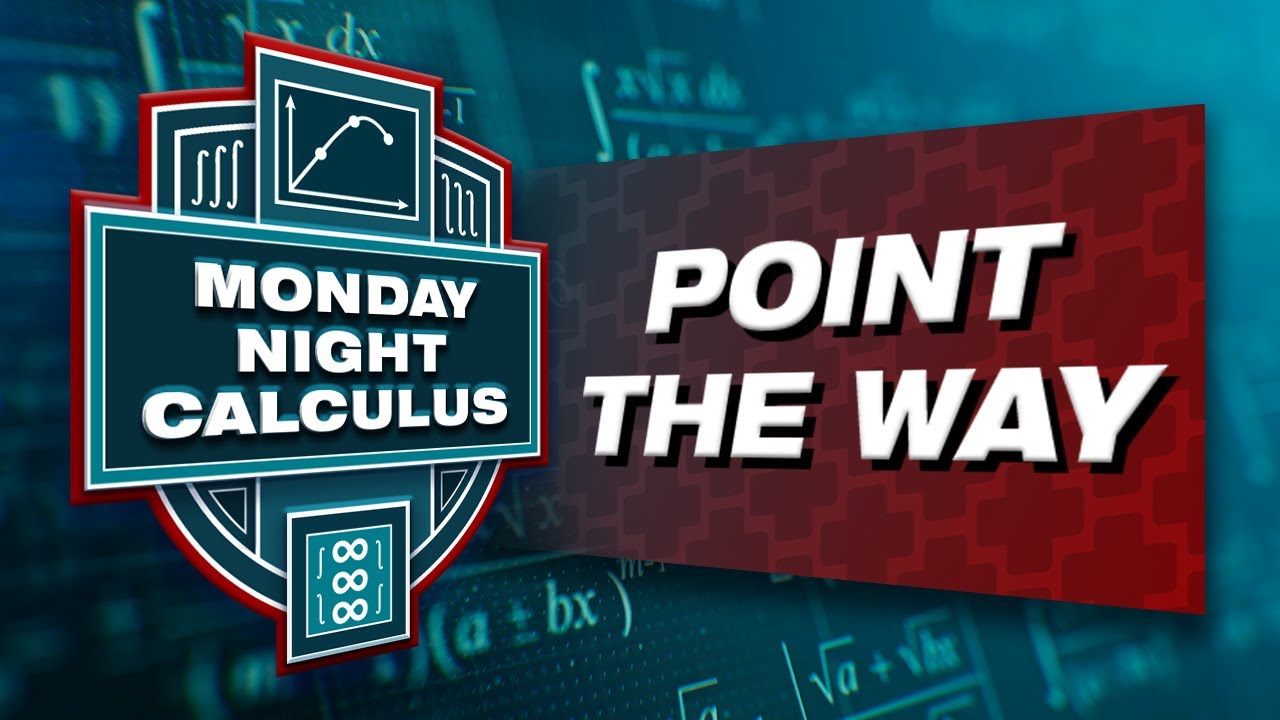
Traveling in Flatland: Polar and Parametric Motion in the Plane
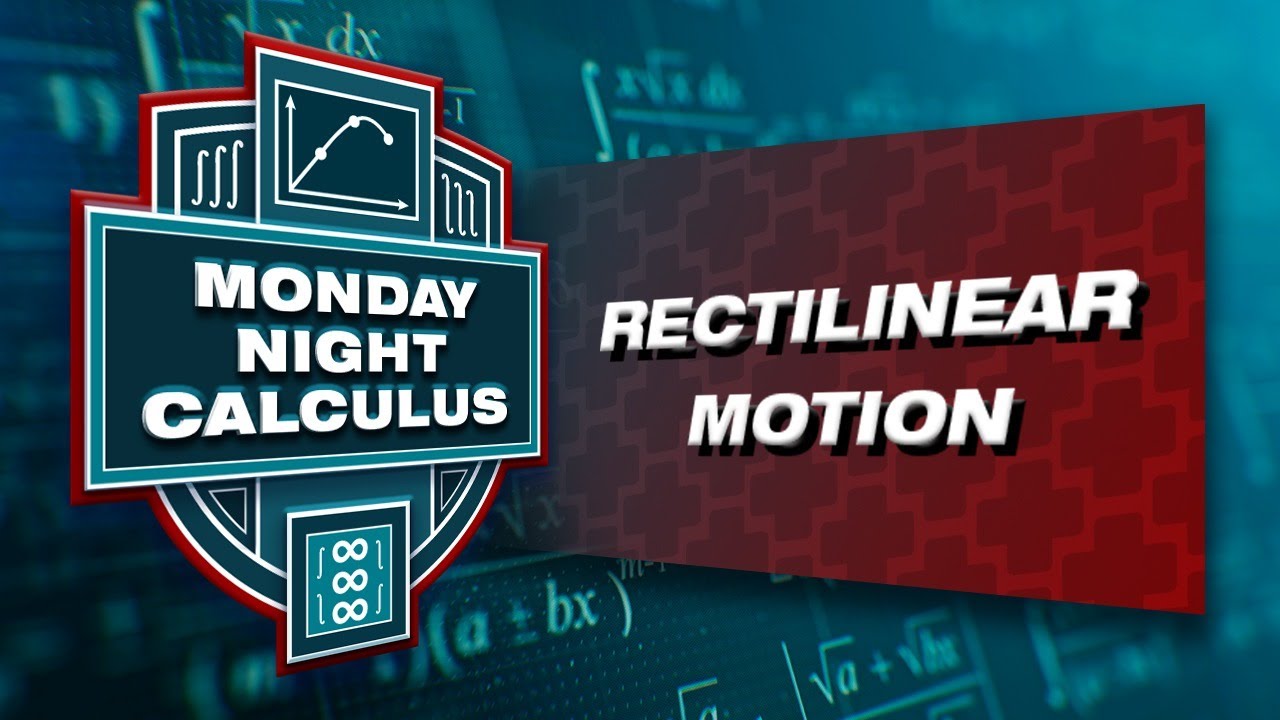
Monday Night Calculus: Rectilinear motion

Particle motion problems - Calculus
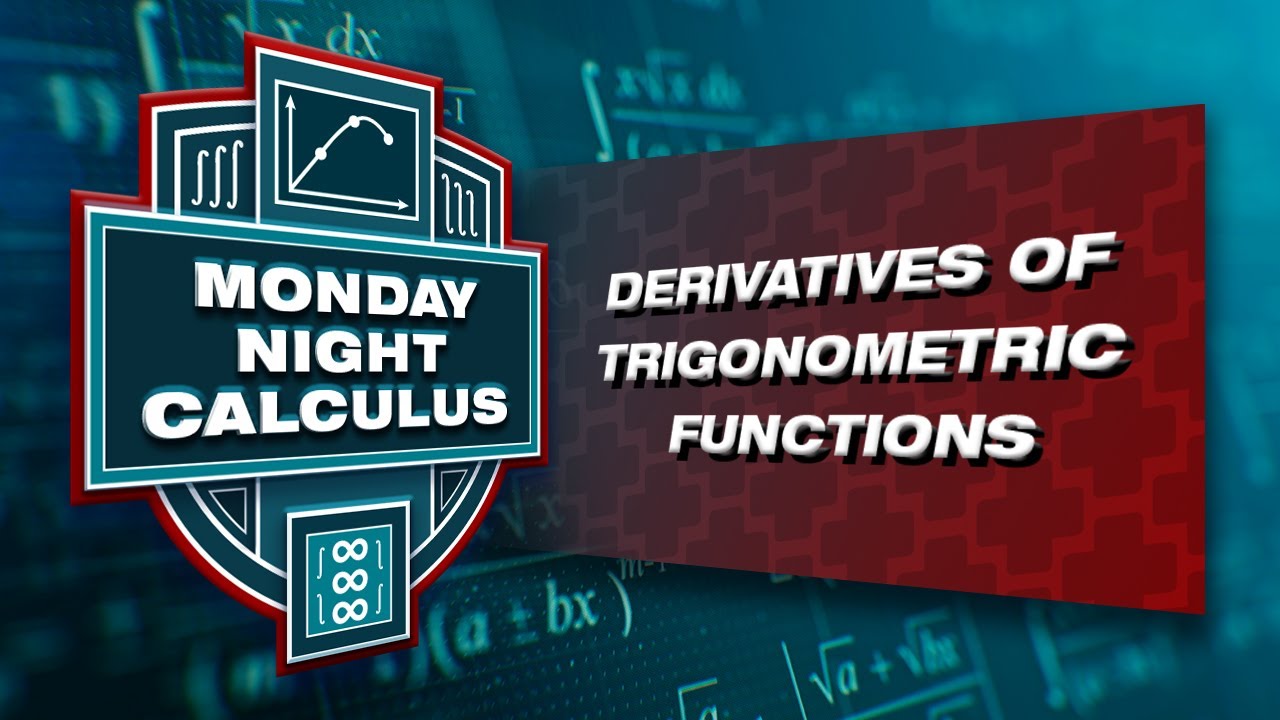
Monday Night Calculus: Derivatives of Trigonometric Functions
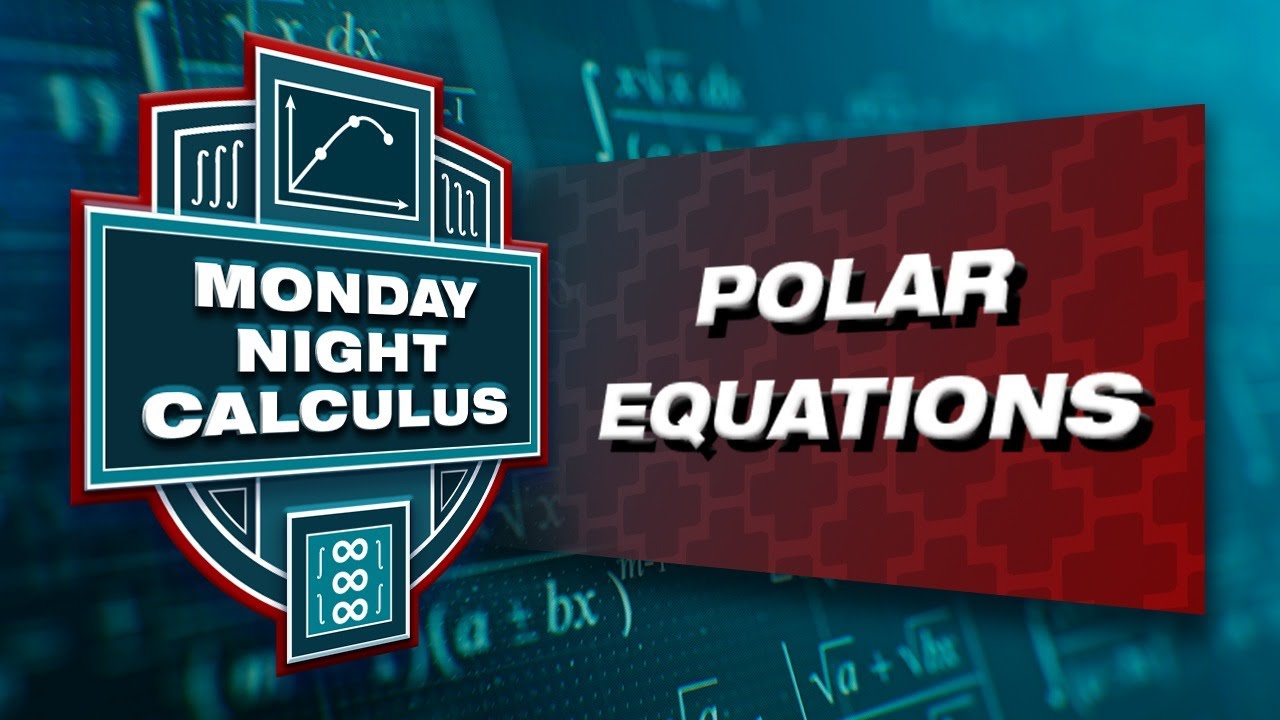
Monday Night Calculus: Polar equations
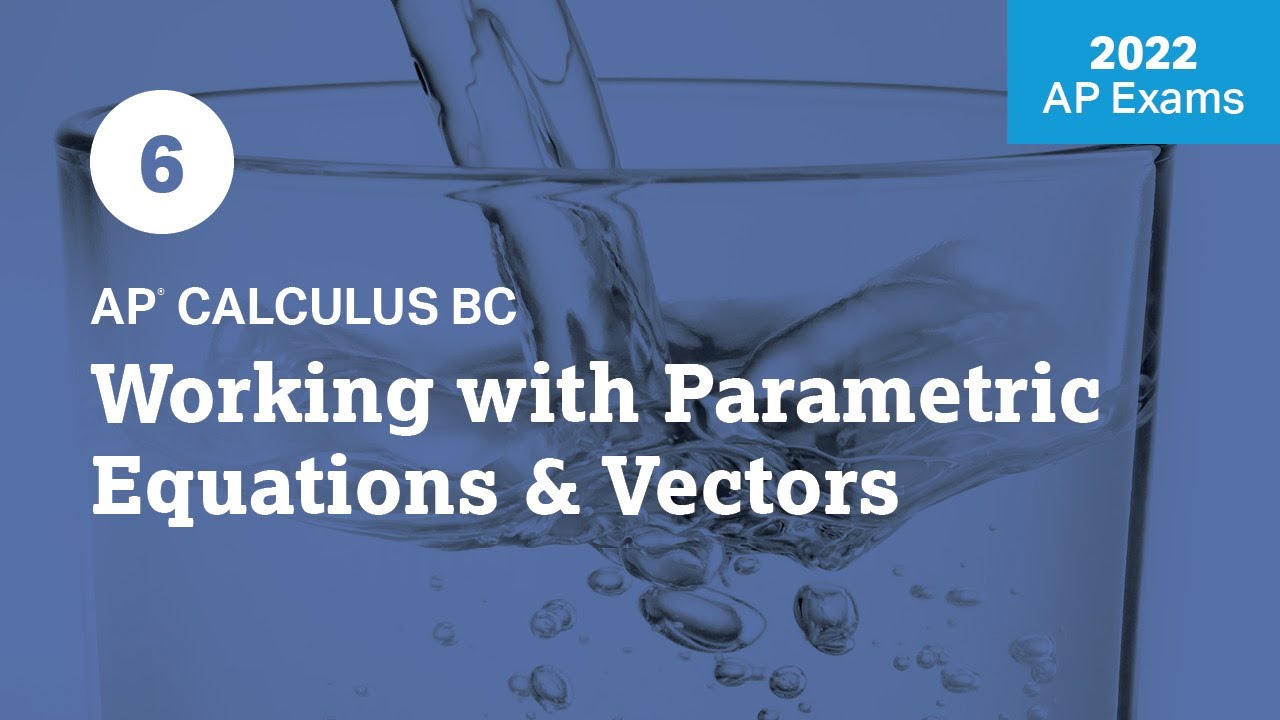
2022 Live Review 6 | AP Calculus BC | Working with Parametric Equations and Vectors
5.0 / 5 (0 votes)
Thanks for rating: